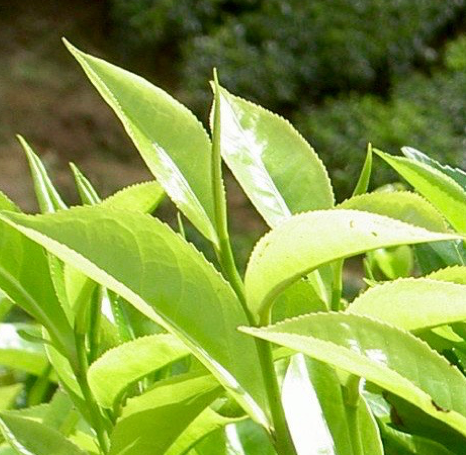Date Posted:12 June 2025

Tea grades help identify the size, quality, and style of the leaf, offering useful clues when selecting a tea to suit your taste or brewing purpose.
Smaller leaf particles infuse more quickly and produce a stronger, bolder brew—ideal for robust blends like breakfast teas. Look for the "B" in the grade, which stands for Broken leaf.
If you’re after a softer, more aromatic cup—something smooth, mellow, and slightly sweet—choose a tea rich in buds. Grades marked with "F" for Flowery indicate the presence of young tea buds, while "G" for Golden suggests a higher proportion of golden tips, known for their refined flavour and aroma.
These grading letters are a guide to your cup's personality—from brisk and bold to delicate and nuanced.
Orange Pekoe is a historical grading term that signifies a certain size and quality of black tea leaf, especially whole leaves, with its name rooted in both Tea culture and European trade history. It does not indicate flavour or the presence of orange.
OP: Orange Pekoe
FOP: Flowery Orange Pekoe
GFOP: Golden Flowery Orange Pekoe
TGFOP: Tippy Golden Flowery Orange Pekoe
TGFOP 1: Tippy Golden Flowery Orange Pekoe One
FTGFOP: Finest Tippy Golden Flowery Orange Pekoe
FTGFOP 1: Finest Tippy Golden Flowery Orange Pekoe One
SFTGFOP: Special Finest Tippy Golden Flowery Orange Pekoe
SFTGFOP 1: Special Finest Tippy Golden Flowery Orange Pekoe One
For broken leaves, the letter “B” is added to the name, as in
BOP (Broken Orange Pekoe), FBOP, GBOP, TGBOP
Sometimes we come across tins or packets of tea that are labelled with different letters along with their name. These acronyms are “grading terms” added to the name by the producer to give extra information about that tea.
These terms don´t refer to sensory aspects of the tea –they don´t describe the body, texture or aroma of a tea- but give information about the appearance of the leaf that may be helpful when buying teas from a catalogue.
These grades are only applied to black teas from certain countries. They vary from country to country, but if we learn how to read the grading names and their acronyms, shopping for tea can become a little easier.
There is no one universal grading system. For example in China, teas are usually graded by number, with ‘first’ being the highest grade, down to 7, 8 or 9, based on leaf style and shape and how carefully the manufacturing process has been carried out.
In Taiwan and Japan, grading terms range downwards from, for example, Extra Choicest, Choicest, Choice, Finest, Fine, Good Medium, Medium, Good Common, Common, Nubs, to Dust and Fannings.
The most widely used grading terms are the ones applied to teas produced in other places, like India, Sri Lanka, Africa, Argentina, Indonesia, Malaysia, and Europe.
Leaf grades offer valuable insight into the appearance and character of a tea—its potential strength, aroma, and sweetness. For wholesalers, this knowledge is essential when evaluating teas and making informed purchasing decisions.
Wholesale selections are often made from detailed catalogues, where teas are listed by name, grade, and origin. The abbreviations and grading terms provide useful clues about the leaf style and quality. However, while these indicators are helpful, nothing replaces the importance of tasting. Why not request samples (wholesale accounts only) and cup each tea before committing to a purchase—it's the best way to ensure the tea meets your quality and flavour expectations for your business.